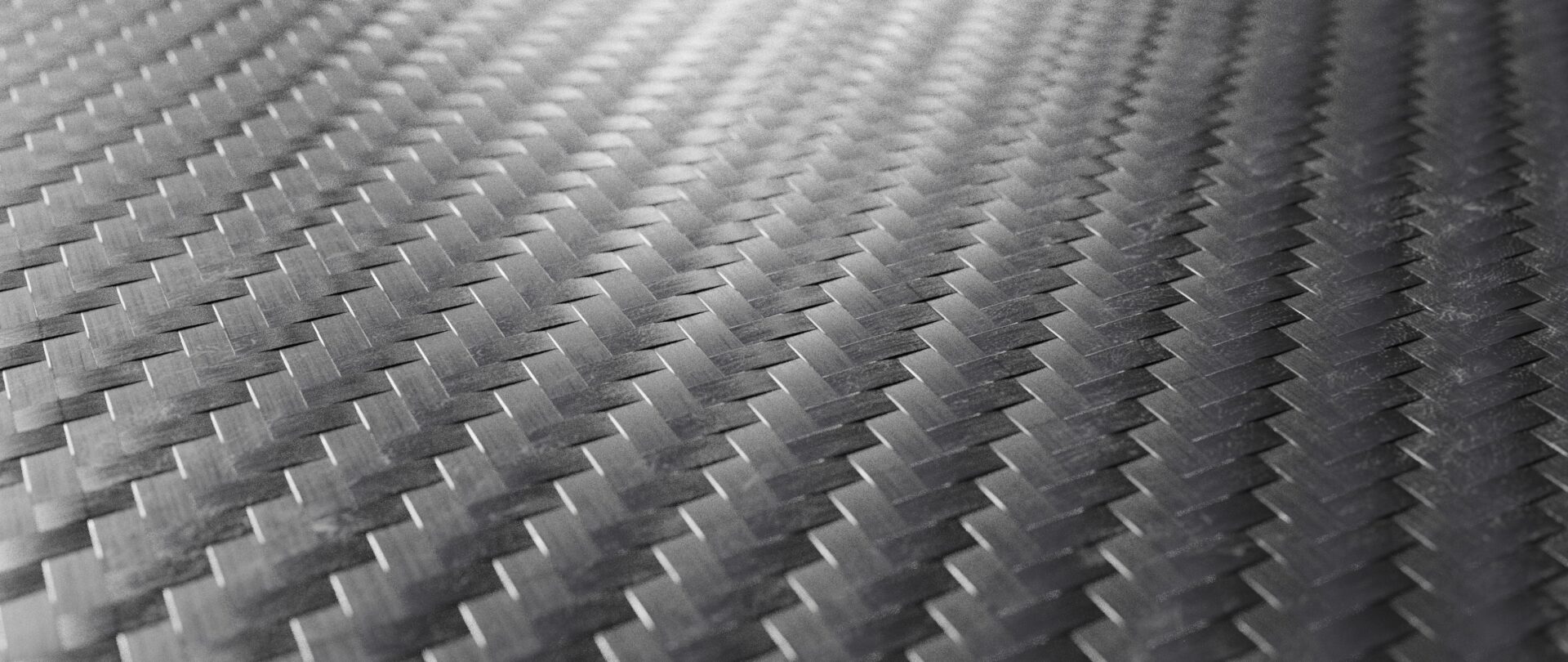3 个视频从头至尾演示了在碳或凯夫拉纤维层上灌注树脂的技术,以获得高性能的薄壁部件,可用于 DIY 项目或专业应用。虽然真空工艺增加了几个步骤和耗材,但由于气泡较少或没有气泡,而且树脂与层完美混合,因此成品强度更高,如果在一定强度下减少层数,则成品更轻。根据层数和真空工艺的不同,有时还能节省时间,因为每层之间无需手工涂抹树脂。
这些技术仅限于小批量生产,由于工时、原材料和耗材成本较高,因此价格较高,但通过仅在所需的局部区域调整厚度和加强筋,可以生产出其他工艺无法生产的高性能零件。另一个优点是模具成本低,即使是大型复杂零件也不例外。
免责声明: 虽然前两个视频显然是出于商业目的制作的,但它们是我们所见过的最全面的教程。我们与 innovation.world 和 EasyComposites 公司。
树脂灌注步骤
查看典型部件输液的步骤:
- 准备或设计带有大凸缘的模具。 提示: because of the relatively low pressure/vacuum, the mold does not need to be stiff nor hardened, (basic foam might not be sufficient though), however, its surface needs to be extremely smooth (small Ra) for the later sealing, making, for example, FDM 3D Printing a no-go, unless additional layer or 涂层 增加
- 然后将各层定位:
- 加固织物层
- 剥离层
- 灌注网,以确保树脂的传播
- 用于密封所有外部组件(模具、袋子、管子)的胶粘带
- 最后是真空袋
- 使用这些特定的输液技巧,包括螺旋输液管和真空口的定位
- 测试真空度和所有密封件的质量。当树脂倒入内部时,一切都为时已晚。要达到最高的最终真空度是不可能的,即使有一个很小的开口也是不可能的。
- 混合树脂并抽真空,以去除混合物中的气泡
- ......以及输液本身
提示: 不完全混合或湿度是导致部件老化脱层的第一大原因(第二大原因见下文的先进技术)
[embedyt] https://www.youtube.com/watch?v=VodfQcrXpxc[/embedyt]
先进的树脂灌注步骤
之前的技术,但应用于 3 米长的凯夫拉尔加固冰橇。
除上述技术外,这里还展示了其他先进技术:
- 可选择在模具上直接涂上胶衣
- 如果部件是普通的,则使用泡沫芯材来增加刚度,而不会增加重量和成本。这些泡沫夹在两侧的凯夫拉纤维层之间。
提示: 尽管夹芯具有刚性优势,但由于环境湿度或进水等原因,它是导致零件老化分层的第二个常见原因。在关键应用中,要获得可靠性和可重复性,就必须有一套成熟的、有据可查的工艺流程
- 大型部件固有的复杂性,包括固化时间限制、树脂流动路径技巧和真空端口侧的树脂断裂
[embedyt] https://www.youtube.com/watch?v=qMPSIKfkdtQ[/embedyt]
最后的提示 虽然必须控制环境湿度和温度,但模具或树脂的预热应根据您的经验、具体流速、导流网型号和树脂供应商来决定。

工业大规模树脂灌注实例
树脂灌注的原理与以前相同,但在意大利用于制造一艘参加沃尔沃环球帆船赛的帆船。 环球帆船赛技术:仅采用上述技术,但规模巨大,一件作品的模具长达 60 多英尺 IMOCA 60 世界级单体船。
请注意,以前的螺旋进料管路在这里被一系列进料管路和阀门所取代,这样既可以限制树脂的流动距离,又可以通过逐个打开/关闭阀门来控制进料顺序。
[embedyt] https://www.youtube.com/watch?v=NqzjMc_xBjg&start=112&width=696&height=392[/embedyt]
有关热固性塑料和树脂灌注的外部链接
国际标准
(将鼠标悬停在链接上即可查看内容描述)



























这本书很有意思,但树脂导流技术的固化时间难道不是大规模生产设备的主要瓶颈吗?您怎么看?
当然,但这是质量与数量的权衡。为什么要急于求成?
这很好地解释了如何通过优化进料管路和阀门来提高树脂流动效率。我们很有兴趣了解这种装置在大规模应用中的表现!
这种方法似乎是一种明智的升级,可以改善对树脂流的控制,并有可能提高最终产品的质量和一致性。我很想知道这对生产效率有何影响!
读起来很有趣,但难道没有比树脂灌注更环保的替代方法吗?2021 年,可持续发展是关键!
这本书很有意思,但对于家庭 DIY 来说,树脂灌注技术是不是太复杂了?似乎更适合工业应用。
复杂性激发创新!家庭 DIY 人士勇于接受挑战,而不是回避挑战。
相关文章
工作站人体工程学评估
工程变更单 (ECO):最大限度地减少中断和成本的最佳实践
从实验室到市场:试生产的作用
45+ 游戏和营销的认知科学技巧:心理和参与度
45+ 个游戏和营销的认知科学技巧:心理和参与度
沸石最新出版物和专利